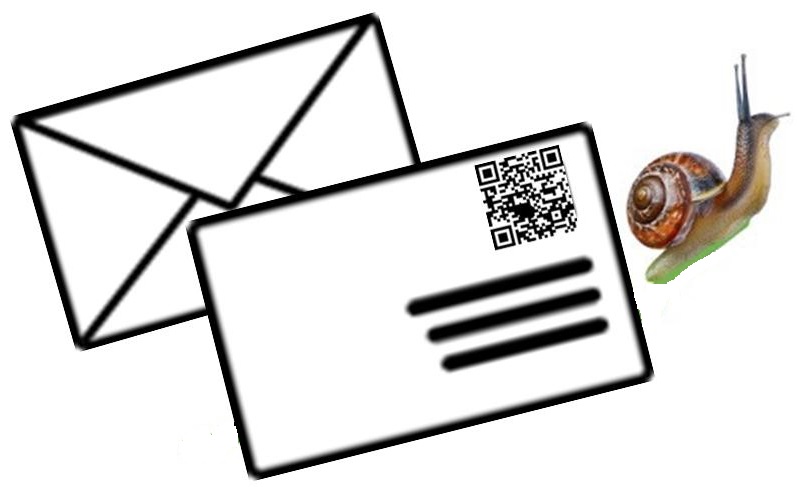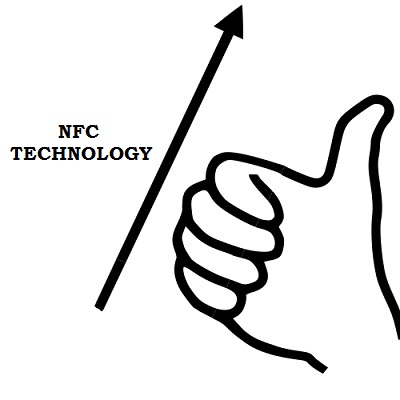These quick response codes allow senders to attach video content to their letters and parcels.
Hrvatska Pošta, the Croatian mail system has already been using QR codes on stamps in order to allow the postal service in the country to be able to track the location of the mail that it is responsible for sending.
Now, Australia Post has also added these barcodes to its services, but in an entirely new way.
Where Hrvatska Pošta is using QR codes for internal functions that help them to better serve their customers, Australia Post is providing mail senders with an entirely new service. With these barcodes, customers in Australia can link them to video messages that they have recorded and then send them as stamps on physical envelopes that can be scanned by the recipient and viewed on their smartphones or tablets.
These postage stamps with QR codes are special editions and each have their own unique barcodes.
 The quick response codes are printed on the envelopes for free for customers that are sending their mail through the Express Post or Express Courier International Service from the postal service. The service comes with an instruction card that signals to the recipient that this is more than just a standard barcode. It encourages them to download the Video Stamp app, for free, from the Apple App Store and from Google Play.
The quick response codes are printed on the envelopes for free for customers that are sending their mail through the Express Post or Express Courier International Service from the postal service. The service comes with an instruction card that signals to the recipient that this is more than just a standard barcode. It encourages them to download the Video Stamp app, for free, from the Apple App Store and from Google Play.
Those cards are attached to the packages and letters and can be peeled off by the recipient so that the directions can be followed. From the time that the letter is sent, the sender has 12 hours in which to record their video message so that it will be possible for the recipient to view the message upon receipt.
This unique use of the QR codes gives Australia Post the opportunity to bring their traditional type of shipping into the present by linking physical mail with the digital environment. This service has been released just in time for Christmas – the busiest time of the mail sending year – allowing consumers to be able to send their video messages to recipients along with cards and gifts.
The growth of the use of this tech has been quite slow but people are adopting near field communication.
It has been slightly over one year since mobile payments companies, such as banks and network operators, had been doing everything they could to make sure that they had worked NFC technology into their systems so that they would be able to keep up with what they felt was an overwhelmingly large opportunity as enabled devices would flood the marketplace.
They were under the impression that Apple would soon be releasing an enabled device.
Since that time, several Apple devices have been launched and not one of them has included the NFC technology that had been anticipated. Though the preparations for near field communications had skyrocketed, and the tech had been worked into everything from mobile wallets to marketing, the growth of the penetration of the actual devices occurred much more slowly than anticipated.
iPhones still do not feature NFC technology among their options and companies have had to look to other avenues.
 Google Wallet, Isis, and even MasterCard have all recently announced that although they have not abandoned their use of NFC technology, they are implementing additional methods in order to make sure that their services would be accessible by a larger number of consumers. For the most part, this has meant that QR codes – the two dimensional barcodes that had once been believed to have limited days left because of the upcoming popularity of near field communication tech – have been added to these massive systems.
Google Wallet, Isis, and even MasterCard have all recently announced that although they have not abandoned their use of NFC technology, they are implementing additional methods in order to make sure that their services would be accessible by a larger number of consumers. For the most part, this has meant that QR codes – the two dimensional barcodes that had once been believed to have limited days left because of the upcoming popularity of near field communication tech – have been added to these massive systems.
That said, it appears that all is not lost for NFC technology. The majority of the latest Android smartphones do contain these chips and as they start to spread throughout the world – and dominate the shipments of smartphones on a global scale – it has meant that systems relating to this tech are starting to launch. Though they haven’t taken off at the rate that had been initially expected, they are now experiencing a healthy, moderate growth.
In fact, according to Strategy Analytics market research, though the expectations for the demand for NFC technology have been reduced, it is still estimated that by the end of 2017, payments using this tech will have reached $48 billion.
 The quick response codes are printed on the envelopes for free for customers that are sending their mail through the Express Post or Express Courier International Service from the postal service. The service comes with an instruction card that signals to the recipient that this is more than just a standard barcode. It encourages them to download the Video Stamp app, for free, from the Apple App Store and from Google Play.
The quick response codes are printed on the envelopes for free for customers that are sending their mail through the Express Post or Express Courier International Service from the postal service. The service comes with an instruction card that signals to the recipient that this is more than just a standard barcode. It encourages them to download the Video Stamp app, for free, from the Apple App Store and from Google Play.
 Google Wallet, Isis, and even MasterCard have all recently announced that although they have not abandoned their use of
Google Wallet, Isis, and even MasterCard have all recently announced that although they have not abandoned their use of 